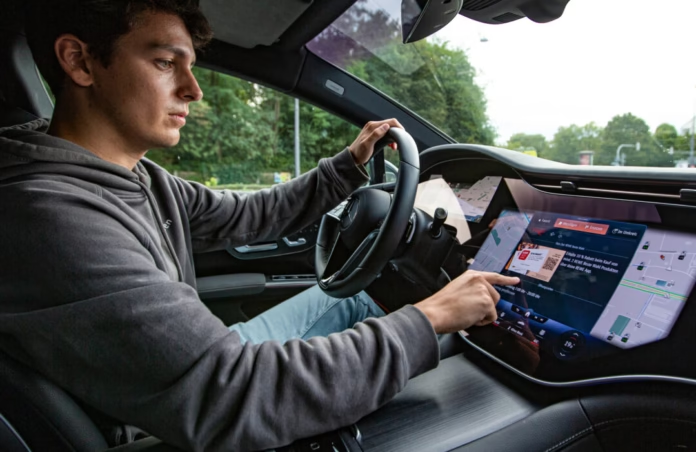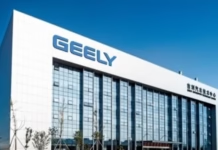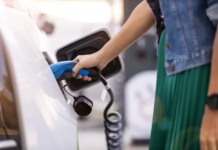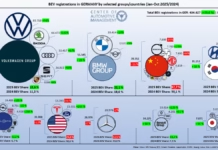Major automotive brands, including Audi, Kia, Hyundai, Mercedes-Benz, and Stellantis, are introducing in-vehicle advertising within electric cars. A company called 4screen, based in Germany, pioneers this technology by integrating targeted ads into car infotainment systems. These digital ads appear as branded map pins, sponsored searches, or notifications offering discounts and promotions linked to nearby businesses such as McDonald’s, Waitrose, Shell, and TotalEnergies. This innovation leverages contextual data — for example, suggesting a coffee shop near an EV charger if the vehicle battery is running low. Advertisers report significant growth in customer engagement, with Waitrose noting a 41% rise in store visibility and McDonald’s navigation searches increasing by more than 100% after using the platform.
Benefits Claimed by Industry and Advertisers
Automakers and advertisers emphasize that in-car ads enhance driver convenience by providing timely and relevant information. The system aims to deliver useful recommendations precisely when they matter, such as indicating charging or parking spots. Advertisers see it as a revolutionary marketing channel targeting a captive audience in real time, converting impressions into immediate visits or sales. From an industry perspective, the ads create new revenue streams for manufacturers while enabling personalized driver experiences that align with increasing digitalization trends in modern EVs. The advertising is designed to be non-intrusive with optional pop-up notifications, and proponents argue that drivers appreciate contextual offers when paired with navigation features.
Safety and Distraction Concerns Raised by Experts
Despite these advantages, road safety experts express significant concerns about potential distractions caused by in-vehicle advertising. The central infotainment screen already demands driver attention for essential tasks like navigation and climate control. Adding promotional content risks diverting focus from driving, which may increase accident risks. David Bailey, a professor of business economics, warns that such ads could distract drivers. Steve Gooding from the RAC Foundation stresses that until autonomous driving is common, minimizing distractions must be a priority. There is also criticism that some ads are subtly integrated into maps, making it hard for drivers to discern between genuine recommendations and paid promotions, potentially influencing decisions unconsciously while driving.
Electric Vehicles and User Experience
Electric vehicles come equipped with large infotainment screens replacing traditional buttons and switches, aiming to offer intuitive ownership experiences. EV drivers expect technology to support their journeys seamlessly, such as locating charging stations efficiently. While presenting offers and nearby amenities can enhance this experience, safety and ethical concerns arise when commercial interests intersect with vehicle operation. It is crucial that in-car advertising solutions balance convenience and engagement with road safety protocols and driver awareness. The technology’s benefits should not come at the cost of increased driver distraction, which remains a critical issue for all road users.
Navigating Innovation and Safety in EV Advertising
In-vehicle advertising in electric cars represents a bold new frontier in connected car technology, merging marketing and mobility in novel ways. It offers compelling business value and the prospect of enhanced user experiences through context-aware promotions. However, this innovation raises pressing questions about driver distraction and road safety. Manufacturers, advertisers, and regulators must collaborate to ensure these systems are implemented responsibly. Safeguarding driver focus while harnessing the benefits of digital engagement will shape the future landscape of EV infotainment and advertising technology.







